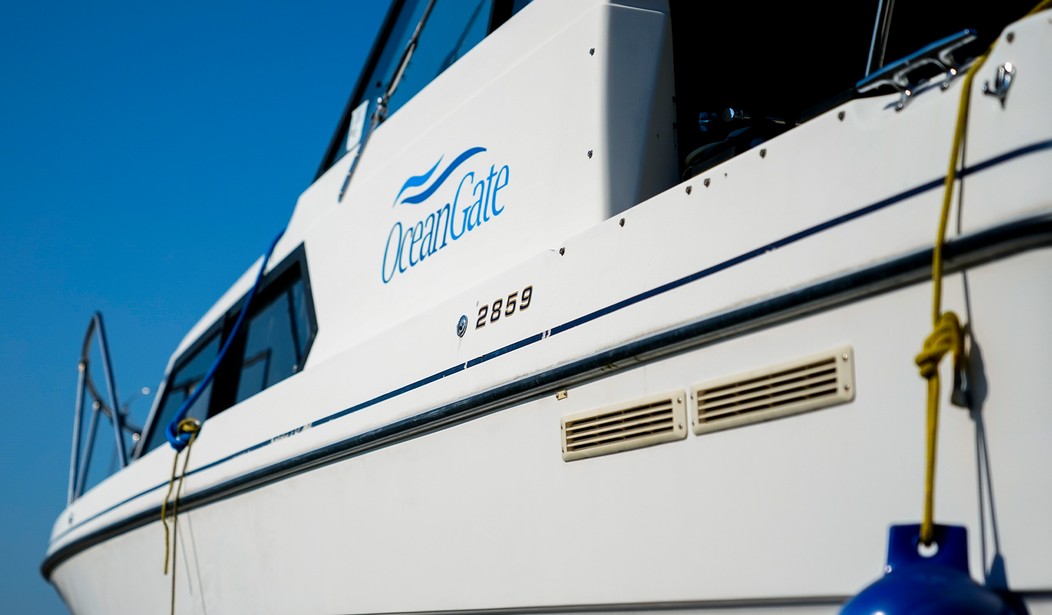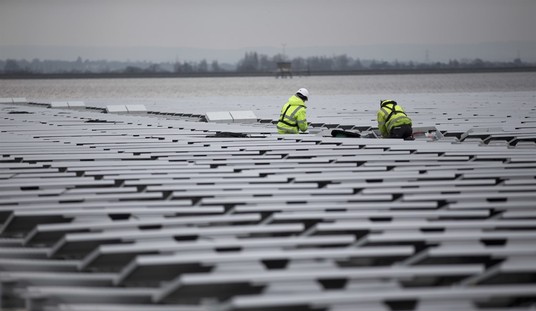When OceanGate’s Titan submersible went missing in mid-June after losing contact with its surface support ship during an expedition to explore the wreckage of the Titanic, the world anxiously awaited news of the craft’s fate. The United States Coast Guard led search efforts to locate the vessel with hopes of rescuing the five passengers onboard it.
Reports of mysterious undersea banging picked up by sonar buoys a couple of days later gave some cause for optimism the crew might be located and rescued. When word came on June 22nd that an underwater remote-operated vessel had located a debris field in the search area near the Titanic, it was clear the prospects for such were grim. Later that day came confirmation that the vessel had suffered a catastrophic loss of the pressure chamber and all five men aboard the Titan had been lost.
The focus then turned to recovery of the wreckage and determining what led to the disaster. Even before the submersible’s fate was known, fingers were being pointed at the company for “cutting too many corners.”
Now, in an exclusive interview with U.K. publication The Sun, a British multimillionaire says he was supposed to be one of the passengers on the Titan, and explains why he decided to cancel.
Chris Brown, a 61-year-old digital marketing magnate, says that he and his friend Hamish Harding were early supporters of OceanGate’s submersible project.
…
But as he learned more details about the project, Brown says he became uncomfortable with what he was hearing. He started to suspect OceanGate “was cutting too many corners”:
I found out they used old scaffolding poles for the sub’s ballast — and its controls were based on computer game-style controllers.
If you’re trying to build your own submarine you could probably use old scaffold poles. But this was a commercial craft.
Indeed, the controls they had to pilot the craft was “a modified Logitech gaming controller — complete with twin thumbsticks and four colourful buttons, that allow the operator to manoeuvre the sub,” according to The Sun piece.
There were other red flags, Brown says, like when the company “missed key targets as they depth-tested Titan.” Brown had seen enough, and contacted OceanGate to get his deposit back:
“Eventually I emailed them and said, ‘I’m no longer able to go on this thing’. I asked for a refund after being less than convinced.”
He says that while he’s “not one to shy away from risk,” in this situation, “the risks were too high.”
Now, the banner atop the OceanGate website reads: “OceanGate has suspended all exploration and commercial operations.”

No further explanation is included on the website and the company has not issued a formal statement since the announcement was noted on its website.
The suspension of operations for the company doesn’t end the inquiry into what led to the tragedy.
The Marine Board of Investigation will be conducting “further analysis and testing” on the evidence, the Coast Guard said.
“There is still a substantial amount of work to be done to understand the factors that led to the catastrophic loss of the TITAN and help ensure a similar tragedy does not occur again,” Marine Board of Investigation Chair Capt. Jason Neubauer said in a statement on June 28.
The U.S. Coast Guard is leading an investigation into the deadly incident, according to the National Transportation Safety Board, which said it will “contribute to their efforts.”
Former National Transportation Safety Board investigator Tom Haueter called the probe “uncharted territory” that could take “months” to analyze the failures.
Additionally, the Royal Canadian Mounted Police and indicated they will launch a full investigation into the matter if “the circumstances indicate criminal, federal or provincial laws may possibly have been broken.”
The company’s CEO, Stockton Rush, was among those killed in the incident. He had defended the vessel’s design and construction in the face of scrutiny.
Stockton had previously defended the decision to manufacture the Titan with carbon fiber, saying he believed a sub made with carbon fiber would have a better strength-to-buoyancy ratio than titanium.
Editor’s Note: This article was edited for clarity post-publication.














Join the conversation as a VIP Member